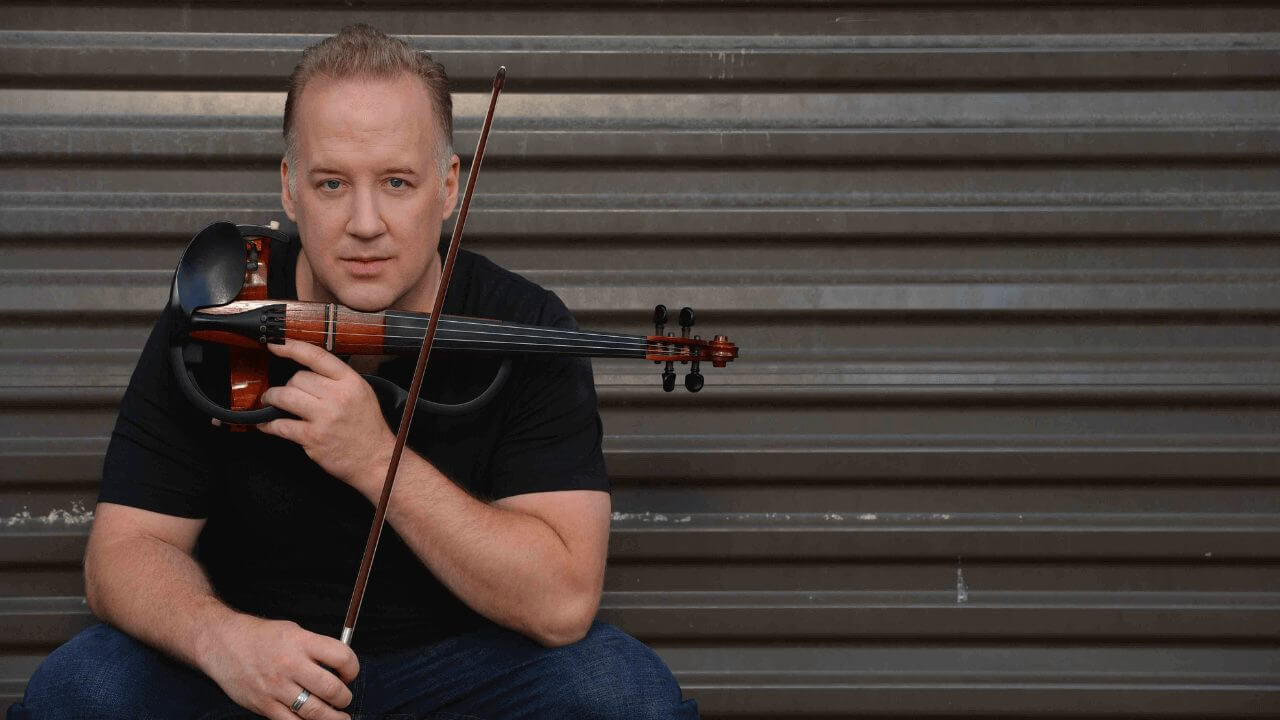After Shinichi Suzuki performed the Bruch concerto, a woman remarked, “I’m surprised you can sound so German.”
As the story goes, Einstein was in the room. He replied, “Madam, we are all human, and humans are all the same.”
My son’s Suzuki teacher shared this story during his recital a couple days ago.
I had just rushed there after teaching a guided practice session on Zoom—the first in a two-month series, Creative Strings Accelerator, with 392 students registered.
The timing felt perfect because one of the central ideas in my classes is that different music styles have far more in common than not.
Music, like humanity, is mostly the same. But by assuming otherwise, musicians can hold themselves back from reaching their potential.
The 90% That’s the Same.
What does it require to “play the Bruch concerto well”?
Off the top of my head:
- Rhythmic accuracy
- Phrasing, articulation, and dynamics
- Clear tone, in tune
These elements make up about 90% of what it takes to play the Bruch musically.
Here’s the thing: that same 90% applies to playing musically in any style—whether German, Italian, Bluegrass, Latin, Pop, or something else entirely.
What’s Different—and Why It’s Overemphasized
Of course, there’s the remaining 10%: the peculiarities of any given style or period—things like vibrato, tone, articulation, or subtle timing nuances.
That 10% matters, but focusing on it at the expense of the 90% causes people to get overwhelmed and lose sight of the bigger picture.
Instead of expanding their musical powers, they plateau, restless and unsatisfied.
The Bigger Picture
What often separates musicians isn’t style but skills.
Some musicians learn to play melodies through reading or memorization. Others learn to understand the functions within the music itself:
- Crafting bass lines and inner voices
- Building grooves and accompaniments
- Analyzing and manipulating harmony, rhythm, and arrangement
- Composing and improvising
These functions—the higher-level structures—are 90% (fundamentally) the same across styles.
Focusing on them makes it easier to cross into different situations and unlock new abilities.
Playing Musically
As I opened the Zoom room for the first session, I told myself, “Fake it. Act confident.”
392 registrants felt like a big number, and feeling nervous with a new audience is normal.
But once the session began, everything clicked. Everyone was there for the same reason: to play and experience a positive, productive practice.
It turns out that we musicians are all the same that way.
Takeaway for You
The key to growth is prioritizing.
Practicing a modest amount -but with more intention on things that move the needle- will unlock more profound, functional musicianship.
It becomes easier to thrive in different musical situations and, most importantly, enjoy the process.





